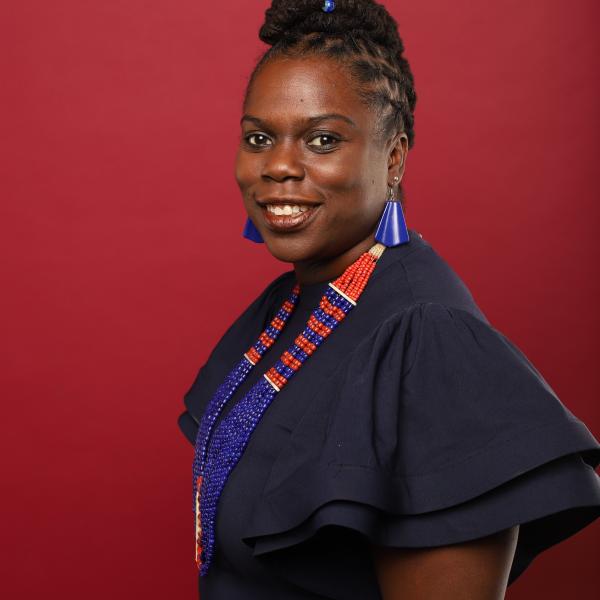Developing an SEL Framework
Today, in honor of Haitian Independence, celebrated on January 1st, we spotlight the Alliance for Catholic (ACE) Haiti’s social and emotional learning (SEL) framework, Vision of the Haitian Child in Society. This framework is intended to serve as a resource and guide for all those working in Haitian education and related fields, particularly those working in or supporting schools or educational organizations at the pre-primary, primary, secondary, and post-secondary levels. The framework was developed in 2017 and has since served as a guide for the development of curriculum by ACE Haiti. While the final framework appears simple and straightforward, its creation was far from such and took the combined efforts of an SEL taskforce composed of Haitian scholars, educational leaders, and partners familiar with the Haitian context to create a framework both relevant and useful to Haiti.
Dr. Charlene Desir, a school psychologist with nearly 20 years of experience working in the academic and social and emotional development of children in Haiti and the Haitian diaspora as well as a member of the SEL taskforce, explains how the whole idea of psychological development has emerged in the last 20-30 years in the Haitian context. However, to bring the concept into schools and to young people as a natural part of their academic development is new.
“There have always been elements of social and emotional development in Haiti. The idea of how you become a ‘whole’ person is integrated into everyday social concepts. How do you code switch? What is your experience? How do you move from one experience to the next? How do you respond to new experiences? How does the whole community take part in your well-being? But to have the precise language, to ground it in Haitian culture is new.”
Ultimately, having the concrete language and ideas that can be replicated and used as a model to integrate into curriculum and into teacher training became a key goal of the framework development. However, in order to develop a framework that was relevant to all Haitians was a challenge, which is why the taskforce engaged educators, historians, and cultural experts from Haiti and the diaspora. There were voices represented from both the rural and urban areas of Haiti, different belief and religious systems all coming together to have a conversation around how Haitians understand and define wellness and social and emotional development. And this Dr. Desir notes is where the brilliance of the project is most alive.
“Together, we came up with this framework that represents all facets of Haitian life and experiences,” she explains. “To have Haitian teachers, Haitian educators, Haitian historians, Haitian professors, Haitian writers, even people in the diaspora, be a part of this dialogue, was phenomenal. We were truly doing cultural, cognitive mapping, creating something that will benefit children in Haiti but also children of African descent.”
In this way, the very process of developing the framework embodied all that the framework represents and seeks to instill. It established a social and emotional community built on respect, mutuality, and understanding. The framework also reflects the rich culture from which it comes.
“Haitian culture is about understanding who you are and how you are. We liberated ourselves. As a culture, we were able to sustain an identity, despite the brutality of slavery, despite the brutality of political oppression, despite poverty. We have a sense of identity that we are free and liberated. And that has been constant. This is a culture where a family will give 60% of their income for their children to go to school. Haitian culture is an example of what it really means to respect life. We choose life, and there's a fundamental ideology that we should be more than what we are right now.”
The Vision of the Haitian Child in Society reflects this powerful identity in the framing of two goals: personal liberation and the common good for all Haitian citizens. The framework further conceptualizes the modalities of development and social and emotional learning to achieve these aims within the broad categories of: 1) sense of self, 2) relational strength, and 3) self-direction.

